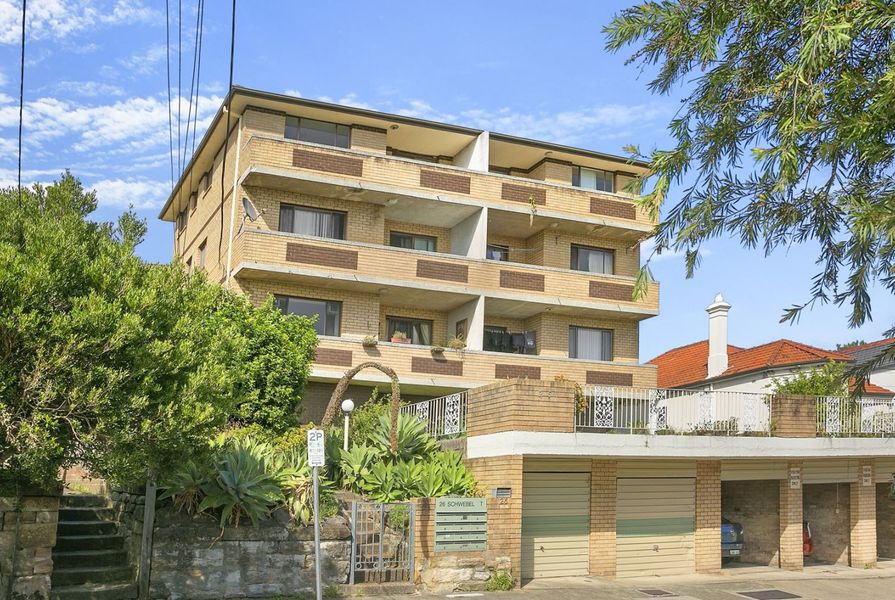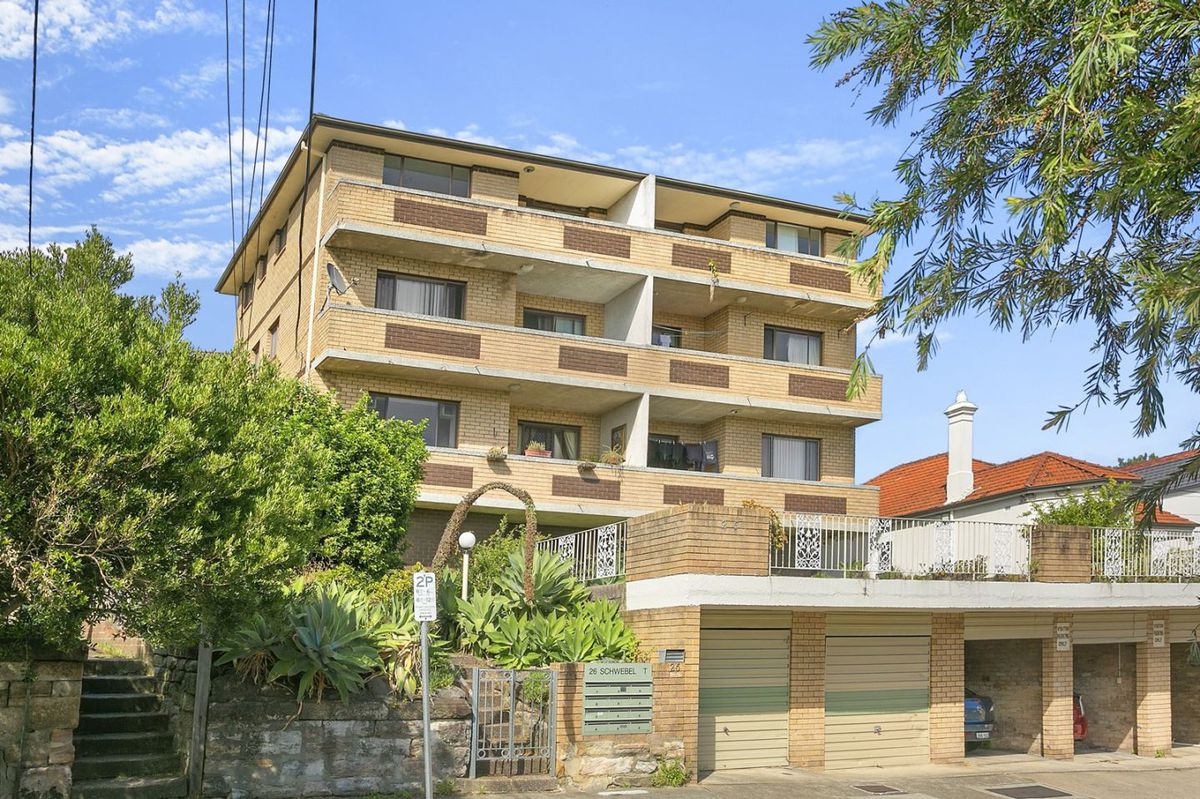Despite the cultural dominance of detached housing forms, multi-unit residential dwellings have long been part of the Australian housing landscape. Strata title was introduced in New South Wales in 1961 and since then the number of apartments being built has steadily grown. There are now an estimated two million strata units in a quarter of a million strata schemes across Australia1. The past twenty-five years have seen rapid escalation in the number of multi-unit dwellings being built and 2016 marked the first time in Australia that construction numbers exceeded that of detached houses2.
While old industrial and commercial precincts have been thoroughly reworked in recent decades the replacement of older apartment blocks has been largely overlooked. This is beginning to change as appropriate sites for brownfield development begin to dry up and developers look to other possibilities for higher density redevelopment in profitable locations. The result is that in older suburbs where apartment blocks have long featured as part of the urban landscape, attention is now turning to their renewal.
In November 2016, in an attempt to facilitate such redevelopment, new legislation in New South Wales came into effect that removes the need for all owners to agree to sell or redevelop an existing strata-titled building. Only 75 percent of owners now have to agree to end a strata scheme. This means that up to 25 percent of the owners could be forced to sell to make way for a redevelopment. Similar legislative change is currently proposed or underway in most states of Australia.
In the past, the amalgamation of separate land parcels to form large development sites for renewal has been difficult to achieve. While it does happen, it is usually through large cash incentives, or in the case of government-led renewal programs, through forced acquisition of property. However, where cash incentives have been the driver, consent of all property owners has been required. The new strata laws now make renewal possible without the need for either a broader public purpose or unanimous owner support, and do so in a context where the vertical fragmentation of ownership over the same land parcel poses additional challenges.
The unique complexity with multi-unit dwellings lies in the ownership arrangements established under strata title. Decisions of the group necessarily affect each owner, and the consent of all owners has been required to allow redevelopment. This requirement has made it enormously difficult for renewal to occur and sets up a tension between what some consider a democratic right of the majority and the property rights of an individual.
Renewal in this context also involves existing residential communities. Unlike the conversion of former industrial land, which often has few residents, the renewal of occupied areas requires engagement with the existing communities and their often diverse interests. In the case of housing, owners and residents bring to bear a whole range of values and attachments that are often in conflict with redevelopment aspirations.
Strata renewal will be private sector led redevelopment. The private property development market will therefore have enormous impact on what types of redevelopment are possible, where it occurs, and, crucially, who has access to these renewed spaces. In broad measure, renewal will be contingent on a value change, either through upgrading of older stock or large increases in dwelling density. In older, high value areas, the older stock that may be a target for renewal is also more affordable housing for renters and owners. The likelihood of a reduction in this more affordable housing stock and the potential for forced displacement of lower income residents presents considerable challenges in terms of the equity of the process and its outcomes.
Whether these problems eventuate will likely depend on how a renewal process occurs. In some cases, renewal will be led entirely by a developer and in others it will be led entirely by the owners in a scheme. However, there are also many other alternatives along a continuum from owner-led to developer-led strata renewal. While it is likely that developer-led renewal with no further owner involvement will be the dominant scenario, there is also the potential for a value share option, in which owners would have the choice to retain some stake in the outcome of a redevelopment.
The preferred renewal model identified through our research3 responds to the desire of many owners for a value share approach, while also taking into account practicalities of risk and management of a construction process. This model involves the developer engaging with the owners corporation in a transparent and open manner, and owners being given the opportunity to purchase a unit in the new development on a ‘like for like’ basis as an off-the-plan sale. For this model to be broadly feasible, some type of stamp duty concession will likely be required on the replacement units purchased in this way.
It will not be easy to put this model into action. The risk for existing owners participating in what can be a complex construction project is no small issue. There needs to be adequate protections in place to ensure that existing owners who contribute their share of land to a development are protected if a project fails. To lose not only your investment, but also your home, is not an acceptable burden for home owners to bear.
There are, of course, alternatives to demolishing and reconstructing strata buildings, including refurbishment and additions. There are emerging examples of older strata blocks funding major repair and improvement works through the addition of new apartments on the roof. This benefits existing owners without causing significant displacement. This model is also not without challenges, however, including managing the expectations of multiple owners, obtaining approvals, securing finance and managing a complex building project.
Strata renewal will increasingly become an issue as more of Australia’s housing stock is built under strata title. Unlike detached dwellings, the wholesale intensification of already dense suburbs requires a more strategic focus. There needs to be a balance between publicly sanctioned benefits of renewal in key locations and the important role existing older buildings play as a source of well-located affordable housing.
Whatever model of renewal is pursued, the success or failure of the new legislation will largely rest on how fair and equitable both the process and the outcomes are for existing residents and wider communities. Strata dwellings are people’s homes, and renewal needs to be driven by a desire to improve collective living experiences, not simply to deliver new avenues of profit in a booming apartment market.
1. Bill Randolph, Hazel Easthope et al, “Governing the Compact City: The Role and Effectiveness of Strata Management in Higher Density Residential Developments,” University of New South Wales City Futures Research Centre website, 21 May 2012, https://cityfutures.be.unsw.edu.au/research/projects/governing-the-compact-city-the-role-and-effectiveness-of-strata-management-in-higher-density-residential-developments/ (accessed 1 February 2017)
2. Laurence Troy, “Apartment construction boom: is this the end of the dream?” University of New South Wales City Futures Blog, 22 July 2016, http://blogs.unsw.edu.au/cityfutures/blog/2016/07/apartment-construction-boom-is-this-the-end-of-the-dream/ (accessed 1 February 2017)
3. Bill Randolph, Hazel Easthope et al, “Renewing the Compact City: Economically viable and socially sustainable approaches to urban redevelopment in a complex multi-stakeholder environment,” University of New South Wales City Futures Research Centre website, https://cityfutures.be.unsw.edu.au/research/projects/renewing-the-compact-city/ (accessed 1 February 2017)
This research was awarded a “Cutting Edge Research and Teaching Award for Excellence” in the 2016 Planning Institute of Australia NSW Awards for Planning Excellence.












